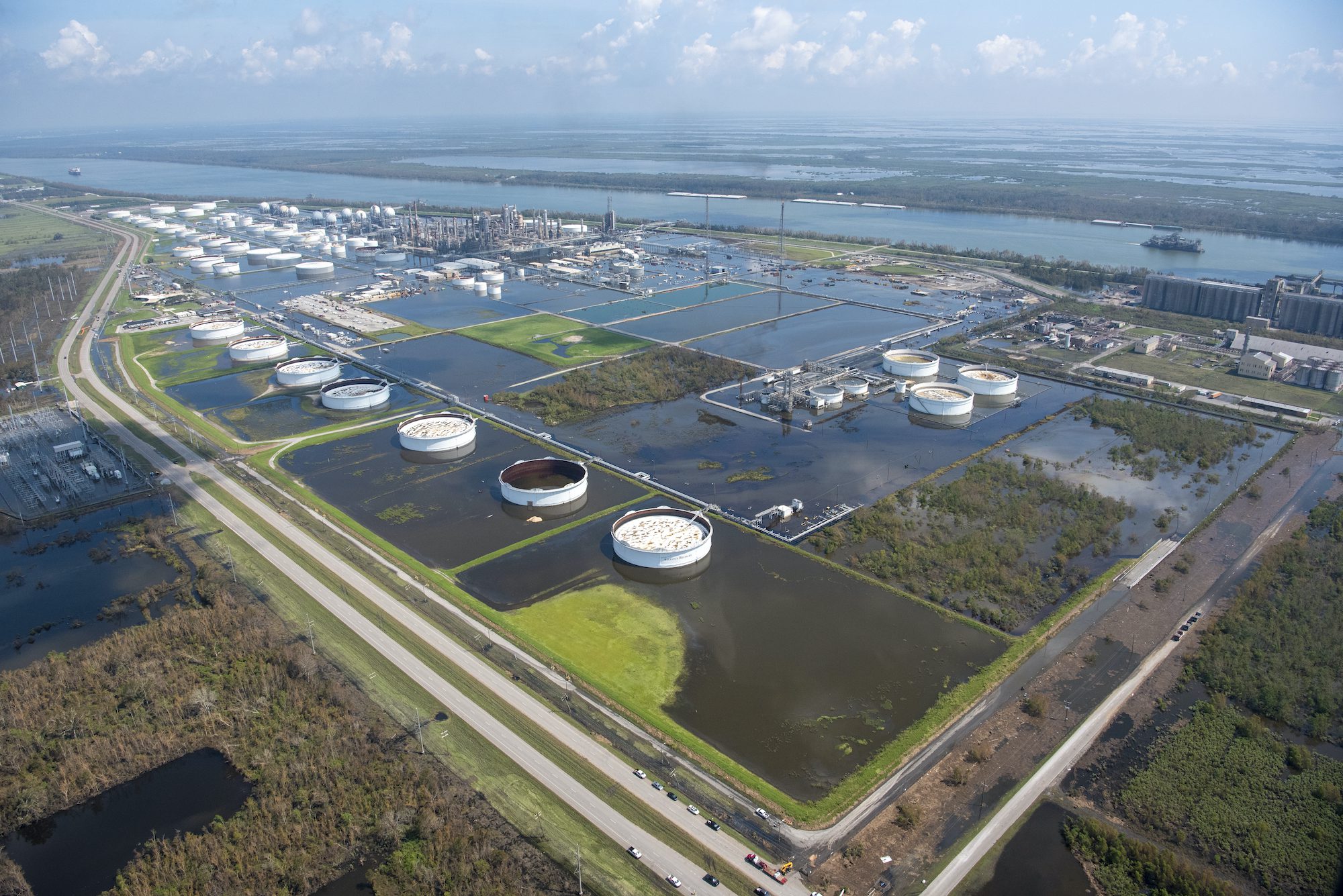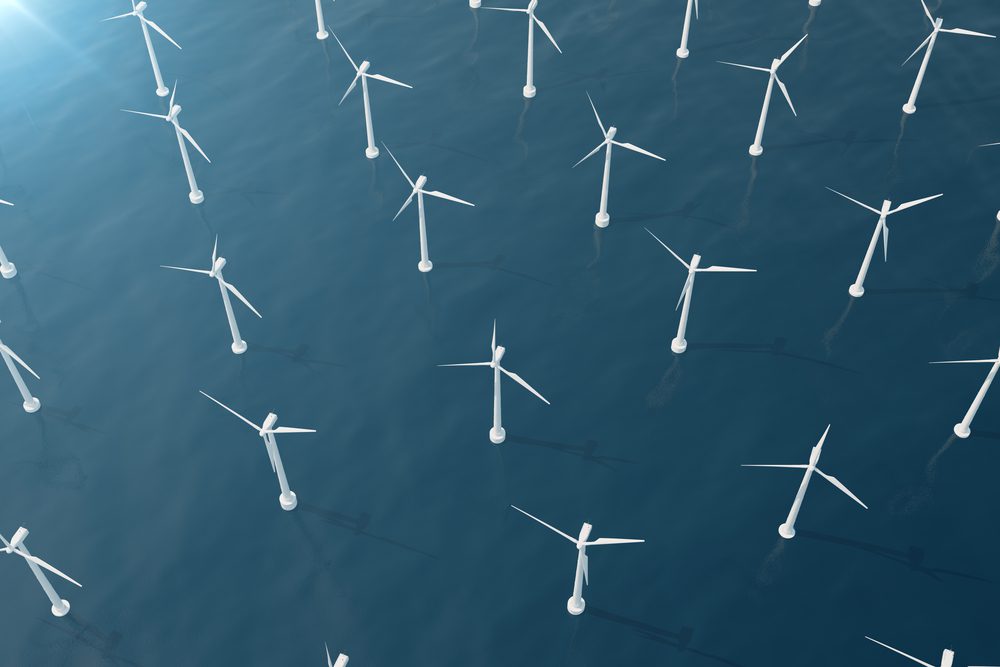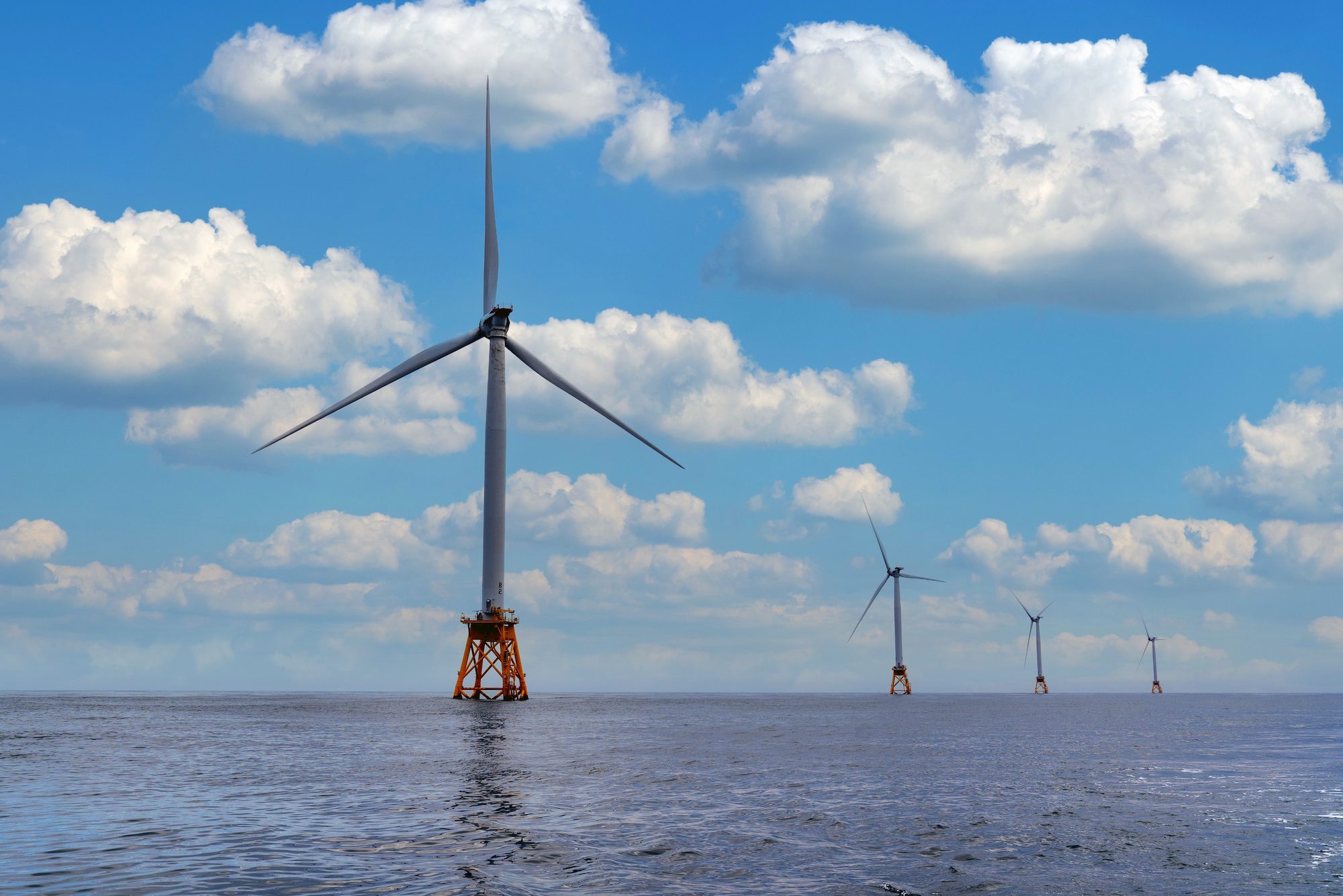By Noor Zainab Hussain and Carolyn Cohn
Sept 9 (Reuters) – Offshore energy firms are likely to face greater financial losses from Hurricane Ida than from previous storms in the Gulf of Mexico, because of reduced coverage offered by insurers, risk modeling firm RMS said on Thursday.
Ida, one of the most powerful hurricanes ever to strike the area, hit Louisiana more than a week ago before moving northeast and causing intense flooding that killed dozens.
The damage to U.S. offshore oil and gas production makes it one of the most costly for the energy sector since back-to-back Hurricanes Katrina and Rita in 2005 cut output for months.
Insured losses to offshore platforms, rigs, and pipelines are estimated to be between $700 million and $1.5 billion, according to industry experts.
That is markedly below $2 billion to $3 billion of insured losses suffered by operators during Hurricane Katrina in 2005 as estimated by the Insurance Information Institute.
RMS says, however, the current numbers underestimates the scale of total damage caused by Ida because insurers have scaled back coverage of offshore assets in the region since Katrina and other major hurricanes such as Ike in 2008.
“Offshore energy coverage is quite limited, with tighter policy wording, stricter limits on physical damage,” Rajkiran Vojjala, vice president, model development at RMS, said.
Most insurance contracts have also cut the price per barrel on which business interruption claims are based, he said.
Longer repair times caused by extreme damage to Port Fourchon and other sites in the Gulf that serve as staging ground for offshore crews, are also set to add to costs operators will need to field themselves.
Ten days after Ida’s landfall, 77% of oil production remains shut, compared to 70% after Ike in 2008, 60% after Katrina in 2005 and 10% after Laura in 2020, according to RMS, one of the largest risk modeling firms globally.
Still, as past storms served as wake-up calls for the offshore energy sector and brought improvements in building quality, total losses should come below those inflicted by Katrina and other hurricanes, Vojjala said.
Production in the Gulf has also moved to deeper waters that are served by fewer costlier but sturdier facilities, while the number of vulnerable jackup rigs operating during the hurricane season has also declined.
Overall, RMS estimates U.S. insured energy losses from Ida in the Gulf of Mexico at between $25 billion and $35 billion. (Reporting by Noor Zainab Hussain in Bengaluru and Carolyn Cohn in London, Editing by Tomasz Janowski)
(c) Copyright Thomson Reuters 2021.

 Join The Club
Join The Club












